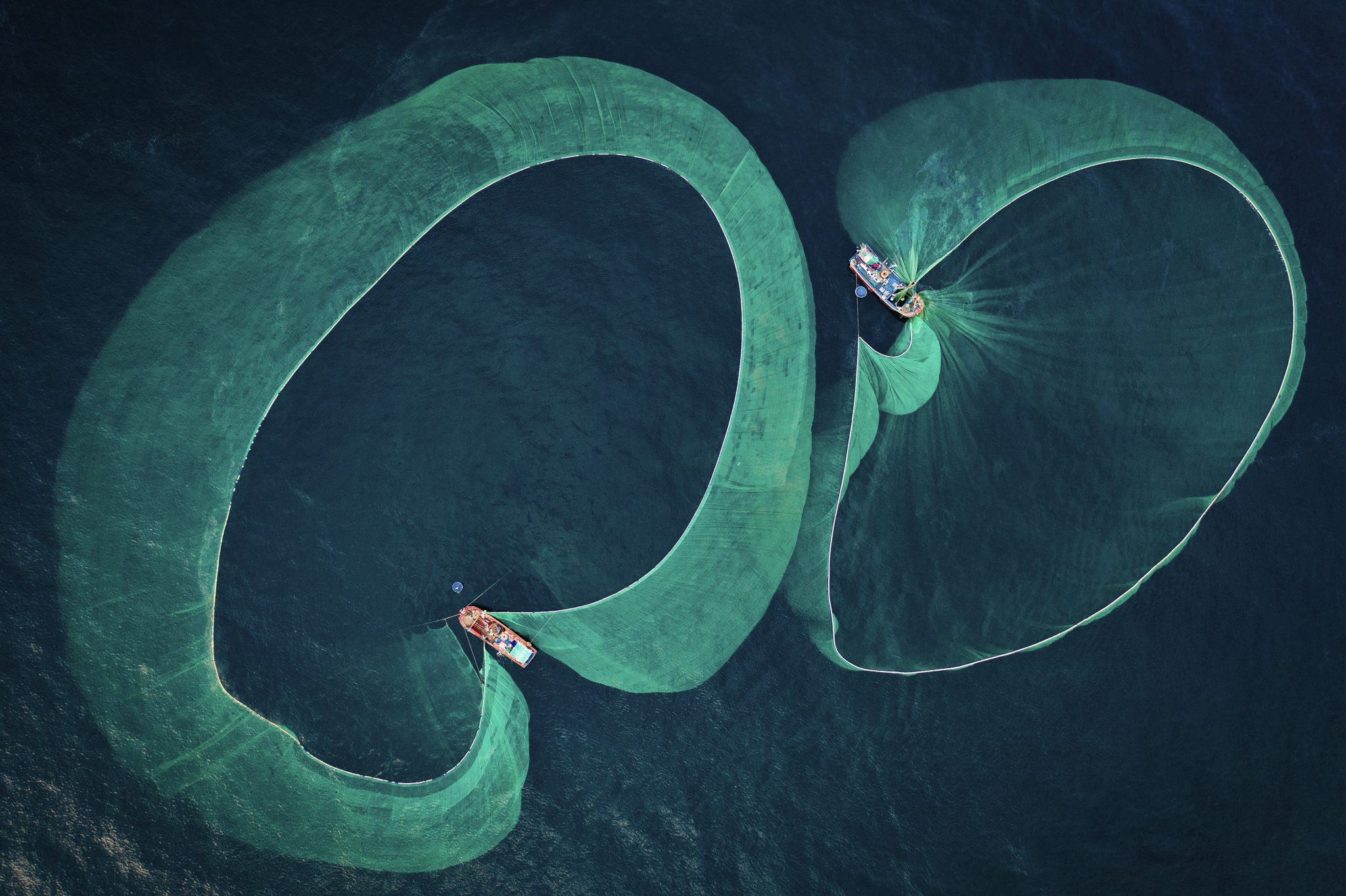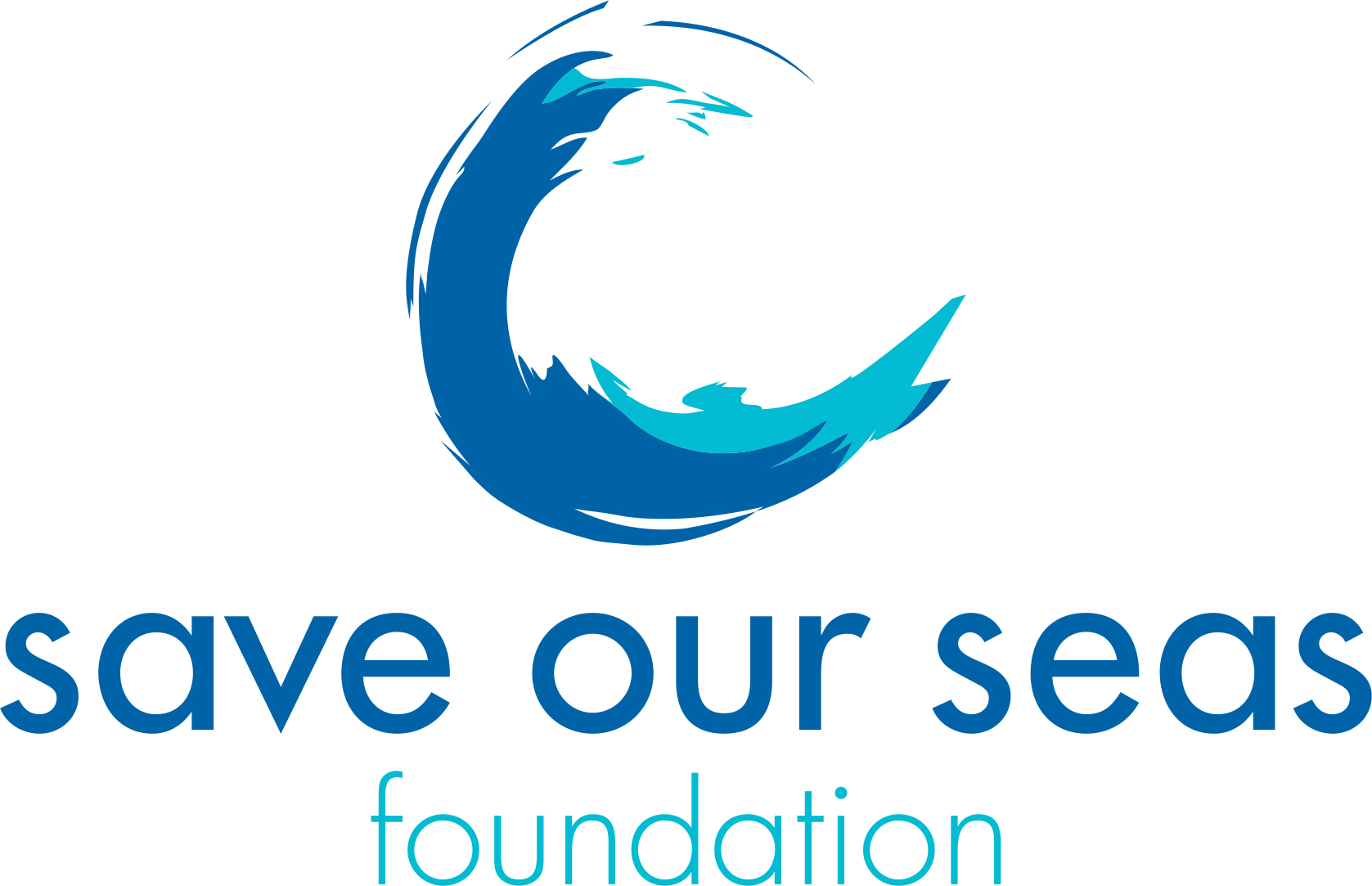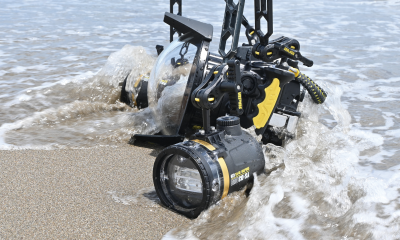News
Searching for images to help Save Our Seas

 The Marine Conservation Photographer of the Year competition, sponsored by The Save Our Seas Foundation (SOSF) and organised by the Underwater Photographer of the Year opens for entries on 1st November and closes on 7th January 2023. The conservation contest is free to enter and offers cash prizes for the first, second and third placed photographs.
The Marine Conservation Photographer of the Year competition, sponsored by The Save Our Seas Foundation (SOSF) and organised by the Underwater Photographer of the Year opens for entries on 1st November and closes on 7th January 2023. The conservation contest is free to enter and offers cash prizes for the first, second and third placed photographs.
The Marine Conservation Photographer of the Year is open to both above-water and underwater photographs. Photographs must highlight a marine conservation story or theme, with both positive and negative stories encouraged. Freshwater themed conservation images are also accepted.
Chair of the judges, underwater photographer and marine ecologist Dr Alex Mustard MBE said: “Powerful photographs are able to change hearts, minds and attitudes. Conservation imagery is especially important from the oceans, which faces many threats from our activities. However, these issues mostly happen unwitnessed, out of sight of land or beneath the surface. This contest gives these valuable images a huge public platform.”
 Dr James Lea, CEO of the Save Our Seas Foundation, said: “Images have a profound capacity to affect how people view the world, and at SOSF we are all about encouraging positive change in how people view and interact with the marine environment. As such we are delighted to partner with the Marine Conservation Photographer of the Year award, which is uniquely placed to highlight issues our oceans are facing and inspire change”.
Dr James Lea, CEO of the Save Our Seas Foundation, said: “Images have a profound capacity to affect how people view the world, and at SOSF we are all about encouraging positive change in how people view and interact with the marine environment. As such we are delighted to partner with the Marine Conservation Photographer of the Year award, which is uniquely placed to highlight issues our oceans are facing and inspire change”.
Previous editions of the contest have attracted entries from photographers around the world, keen to draw attention to conservation issues, campaigns and success stories important to them. The award was most recently won by Thein Nguyen Ngoc from Vietnam, with his aerial photograph “Big Appetite”. The photo shows boats straining the waters for anchovies in the Phu Yen province of his country.
“Salted anchovy is the most important raw material in traditional Vietnamese fish sauce. But these little fish are also a keystone of a natural ecosystem. Despite increased fishing, the catches of anchovies have decreased by 20-30% in the past 10 years. When they are overfished, the whales, tunas, sea birds and other marine predators face starvation and critical population declines.”
The Marine Conservation Photographer of the Year, part of UPY is an annual competition, that traces its roots back to 1965. The Marine Conservation photographer of the Year is free to enter at www.underwaterphotographeroftheyear.com
The Save Our Seas Foundation has been dedicated to protecting life in our oceans, especially sharks and rays, for 19 years. They have funded around 425 projects in over 85 countries, supporting passionate and innovative researchers, conservationists and educators.
Each project strives for deeper understanding and more innovative solutions in marine research, conservation and education.
Header Image: Thein Nguyen Ngoc
News
Book Review: Fire on Monroe Bravo by Fred Lockwood

Fire on Monroe Bravo is the latest book in the Jack Collier series by Fred Lockwood. Our story begins with our lead characters, Jack and Sandro, owners of Marine Salvage & Investigation Company, arriving on the Monroe Bravo Oil & Gas Platform in the North Sea. Having secured a contract for their vessel the MV Stavanger to act as support ship to the platform for TransGlobal Oil, our protagonists are on a celebratory visit.
However almost as soon as they arrive a series of explosions rock the platform, causing huge damage, loss of life and the very real danger of a massive human, ecological and financial disaster.

As the danger mounts for both our heroes and the surviving workers, Jack and Sandro will have to escape the inferno, all while trying to save the platform and the men still trapped unable to help themselves.
The disaster sets the scene for the unfolding story lines following the fate of the platform and our main characters, the police investigation into a suspected terrorist act and the actions of TransGlobal Oil as they attempt to navigate the pubic outcry and financial repercussions.
In his eighth book, Fire on Monroe Bravo, Fred Lockwood delivers an explosive thriller, with plenty of above and in-water drama, and our heroes fighting for survival, what more can you ask for?
We thoroughly recommend this read and look forward to the next in the series. For more information about his book series, you can check out the reviews of his previous books here on Scubaverse.
- Title: Fire On Monroe Bravo
- Author: Fred Lockwood
- ISBN: 979-8325324536
Available in a paperback version and for Kindle from Amazon and book stores.
Blogs
Alonissos: The complete diving destination (Part 1)

In June we were incredibly fortunate to be invited to dive in Alonissos, a small Greek Island in the Sporades island chain located in the North Aegean Sea. While I have long been a big fan of the Greek Islands as a great holiday destination, I had not had the opportunity to do any diving on previous visits and Mike and I were extremely excited to see what Alonissos had to offer both above and below the surface!

The Sporades are easily accessible via the airport in Skiathos (the first island in the chain), which is served by Jet2 flights from all major UK airports from May through October. Numerous ferries and charter boats make island hopping from Skiathos Town a breeze. After an hour boat ride, the picturesque port of Patitiri was a wonderful introduction to Alonissos, where we were met by our gracious hosts Kostas of Albedo Travel and Dias of Alonissos Triton Dive Center. Mike and I were delighted to be staying at the Paradise Hotel, aptly named for its stunning views over the sea and great location for walking to the waterfront.

Alonissos is beautifully situated in the National Marine Park of Alonissos and the Northern Sporades, the largest marine protected area in Europe. The surrounding seas offer fabulous marine life, including incredibly rare species such as the Mediterranean monk seal. They boast deep walls covered in gorgonians and sponges, stunning topography with caverns, swimthroughs and pinnacles, and the first accessible ancient shipwreck from 500BC!

In locations where historical sites have been reported, the waters are largely restricted, but with collaboration between government, underwater archeologists and dive centres, incredible underwater museums are being created for a truly unique diving experience. Alonissos is home to the first of these, the Ancient Shipwreck of Peristera Accessible Underwater Archeological Site. The chance to dive into history (along with reports of healthy reef life and amazing underwater topography) meant Mike and I were keen to get in the water.

Our introduction to the diving around Alonissos was at the Agios Georgios Pinnacles, in the channel between Alonissos and Skopelos. This fantastic site was named “The Chimney,’ and proved to have a huge amount to see. We got to a decent depth here (over 25m), and marvelled at a colourful reef wall with a wonderful swim through whose rocky walls were absolutely covered with life. As well as brilliant topography there was no shortage of macro life here. We saw numerous nudibranchs, five different species in total. The second dive at Mourtias reef nearby was a shallower dive along a nice wall with lots of crevices. Several moray eels and grouper called this site home. We enjoyed looking in the crevices for lobster and smaller benthic life, such as cup corals and tunicates.

Our itinerary allowed us two dives a day with afternoons left to explore the island with our hire car and evenings to enjoy the famous Greek hospitality. This proved to be a lovely mix of in-water and land based diversions.

The next days diving to the Gorgonian Gardens and Triton’s Cave was to be even better! These two stunning sites are nothing short of fabulous. The Gorgonian Gardens was a deep wall near to the Agios Georgios islands. The ever-present currents in this deep channel meant that the sea life was amazing … the namesake Gorgonian sea fans dotted the wall at a depth of 30 to 50 meters, getting ever larger the deeper we went. Above 30m was by no means less beautiful, with sponges, corals, scorpionfish, moray eels and some rare and colourful nudibranchs.

The second shallower dive of the day was to Triton’s Cave or the Cavern of Skopelos, on the east side of that island. The spectacular rock formations had wild striations both above and below the water making a truly epic topography. The cavern entrance was at 14m, and big enough for a buddy pair, winding up to 6m and passing two beautiful windows out into the blue. Emerging from the cavern, the light at the shallower depths and the incredible rock formations made for a fantastic gentle swimming safety stop and we all surfaced by the boat with massive grins.

Check out our next blog :Alonissos: The complete diving destination (Part 2)” to hear about our amazing dive on the 2500 year old Peristera Wreck!
Thanks to:
Alonissos Triton Dive Center https://bestdivingingreece.com/
Albedo Travel https://alonissosholidays.com/activities/
Paradise Hotel https://paradise-hotel.gr/
Alonissos Municipality https://alonissos.gr/en/
-

 Blogs2 months ago
Blogs2 months agoDiving With… Nico, Ocean Earth Travels, Indonesia
-

 News1 month ago
News1 month agoMurex Bangka Announce New Oceanfront Cottages & Beachfront Dining
-

 Blogs2 months ago
Blogs2 months agoA new idea in freediving from RAID
-

 Marine Life & Conservation1 month ago
Marine Life & Conservation1 month agoIceland issue millionaire whale hunter a licence to murder 128 vulnerable fin whales
-

 Marine Life & Conservation2 months ago
Marine Life & Conservation2 months agoThe Shark Trust Great Shark Snapshot is back
-

 News3 months ago
News3 months agoCharting New Waters; NovoScuba Goes Global with the Launch of their Revolutionary Dive Training Agency!
-

 Gear News1 month ago
Gear News1 month agoNew Suunto Ocean – a dive computer and GPS sports watch in one for adventures below and above the surface
-

 Marine Life & Conservation Blogs2 months ago
Marine Life & Conservation Blogs2 months agoBook Review: Plankton















